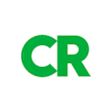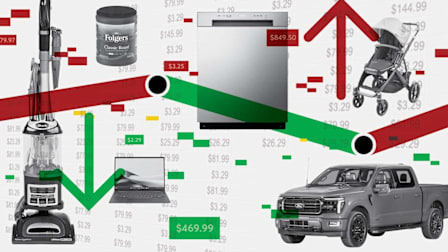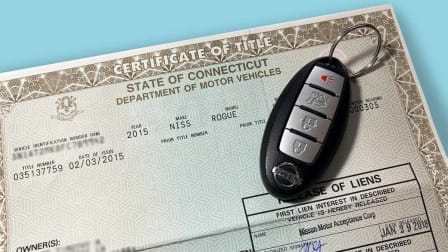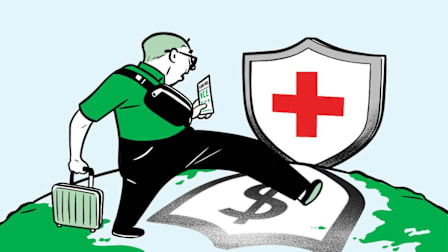Building a Better World, Together
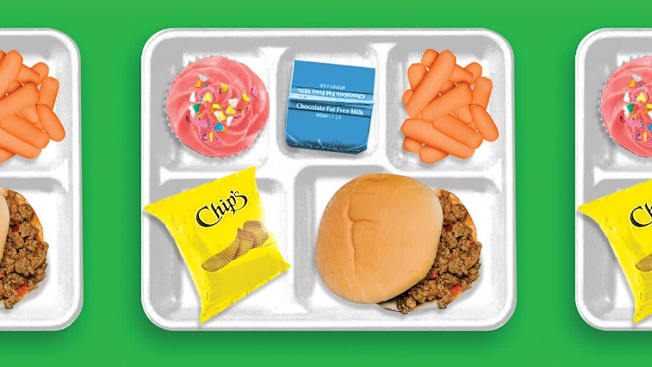
Join with us to make a safer, fairer, healthier marketplace
Making School Food Healthier
Last spring, a CR investigation raised alarms about Lunchables and other popular prepackaged meal kits, versions of which were being offered as part of the National School Lunch Program. Many were found to contain potentially concerning levels of heavy metals and phthalate chemicals, which have been linked to a long list of health concerns, as well as sodium, which can raise blood pressure even in young people.
In short, CR’s experts warned, nobody should eat these products regularly, and “they definitely shouldn’t be considered a healthy school lunch.” In late summer, we also delivered nearly 50,000 consumer signatures asking the Department of Agriculture to remove Lunchables from the lunch program.
In November, Lunchables manufacturer Kraft Heinz pulled the products from the program. It was a major victory for CR and our partner nonprofit More Perfect Union—and, more important, for the kids eating those school lunches.
Now CR is broadening these efforts, calling on companies and regulators to adopt better nutrition and safety standards for school lunches. We co-sponsored a California law that will ban artificial food dyes—which have been linked to hyperactivity and neurobehavioral problems in children—from food sold in public schools by the end of 2027. And we’re petitioning the companies that provide most of our country’s school lunches—Aramark, Chartwells, and Sodexo—to remove the dyes from their school offerings. You can support this ongoing effort by signing our petition.
12 of 12 meal kits tested by CR contained lead or cadmium, or both of these heavy metals.
Improving Car Safety
What’s at stake: The National Highway Traffic Safety Administration’s star-based auto safety ratings system has failed to keep pace with advancements in auto safety technology.
As a result, nearly all vehicles now receive four- or five-star ratings—making it difficult for consumers to distinguish the safest new models from those that offer merely average or lower levels of safety.
In addition, consumer advocates say if the five-star system (known as the New Car Assessment Program, or NCAP) doesn’t clearly signal to consumers the value of the latest safety features, automakers have less incentive to design them into all their vehicles as standard features.
What CR is doing about it: CR has for years been urging NHTSA to overhaul the NCAP program to better reflect the latest safety technologies. And our safety experts have been providing detailed recommendations and feedback to the agency.
CR’s work has paid off: In November, the agency finalized new standards that incorporate test criteria for proven safety systems such as forward collision warning, automatic emergency braking, lane keeping assistance, blind spot warning, and other active and passive systems designed to protect drivers, passengers, and pedestrians. These and other updates, which will take effect for the 2026 model year, are the biggest step forward since NCAP was created in 1979.
What you can do: Go to CR’s Car Safety Guide to learn which vehicles are already equipped with the most advanced safety features and read more about the technologies.
Action Update
It’s reasonable for banks to charge a fee for letting a transaction go through on a tapped-out account, effectively making a short-term consumer loan. But the typical “overdraft” fee of $35 is out of proportion to what the service costs banks. So CR has been urging the Consumer Financial Protection Bureau to limit overdraft fees, and delivered 28,000-plus petition signatures in support of such a measure. In December, the CFPB issued a rule giving large banks the option to charge $5 or enough to cover costs. The rule is projected to save consumers up to $5 billion a year.
Editor’s Note: This article also appeared in the March 2025 issue of Consumer Reports magazine.
















